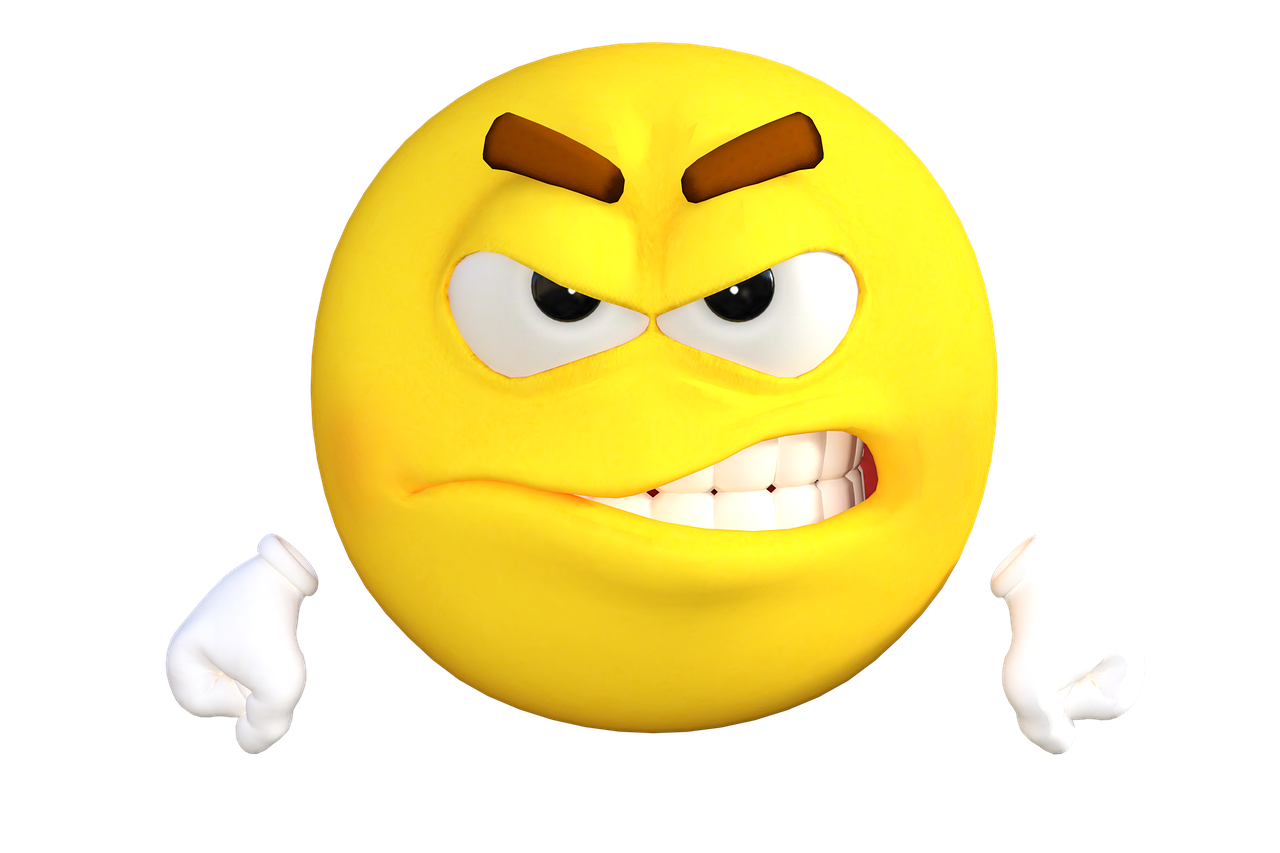Short history of emoji
Emojis are based on the Japanese art of manga. Before emojis, there were emoticons to express person’s feelings or mood. They were created with punctuation marks, numbers or letters. They were different in Japan. Users from Japan popularized a style of horizontal emoticons – kaomoji, that can be understood without tilting one’s head to the left.
Emoticons popularity has grown with the popularity of social media. The breakthrough came when some devices have provided stylized pictures that do not use punctuation. The first emoji was created in Japan by Shigetaka Kurita in the late 90’s.
Emoji: research
In January 2017, researchers at the University of Michigan analyzed over 427 million messages input via the Kika Emoji Keyboard and announced that the Face With Tears of Joy was the most popular emoji. The Heart and the Heart eyes emoji stood second and third respectively. The study also found that the French used the emoji associated with love the most. People in countries with high levels of individualism, like Australia, France and the Czech Republic, used more happy emojis, while this was not so for people in Mexico, Colombia, Chile, and Argentina, where people used more negative emojis in comparison to cultural hubs known for restraint and self-discipline, like Turkey, France, and Russia.[1]
Emotions are not the only emoji
It is known that if a company notes you and responds to your post – that is nice. However, do you need to use emojis to arouse the reaction as a company?? No! It will be better for your business to incline reaction rather than suggesting one. Emoji may have, depending on the country, different meanings. For example, in Japan, crying emoji is telling that you’re sleeping. This is due to the iconography of the manga. Also, for some people, they are annoying. And those that enforce certain reaction, like a “gave us a smile, if…”.
How do your fans use emoji
Emoji replace the quick response in social media communication. It is easier to respond to the message by clicking “Like”. Why? People are inherently lazy. If we have to choose between paths – difficult or easy, then choose the easy one. This is due to the functioning of our brain. Kahneman writes about this in his book “Thinking, fast and slow”. That’s why it’s easier to get emoji reactions than to get a comment. Emoji are on your side when it comes to calling of reactions in your audience. They can also give you feedback on what you call the reactions of your audience.Facebook, for example, since last year allows to react with emoji.
Respond to the others
You know that reactivity is important for the brand. Be more social in social media. Follow your favorites sites and accounts and gave them some reactions too.
So… to use or not to use emoji?
They cannot be the main course in your social media communication, but they can make your posts more interesting to your audience.







